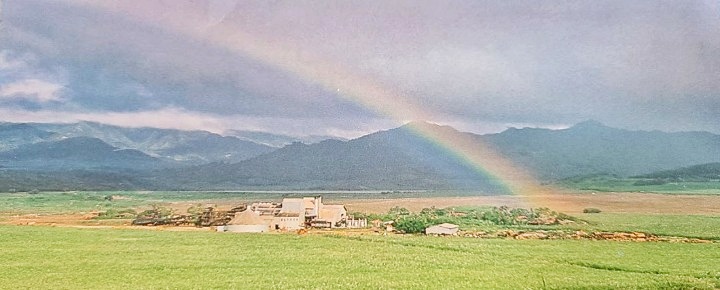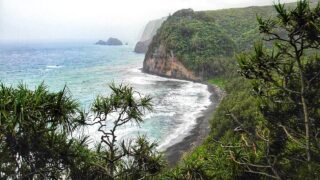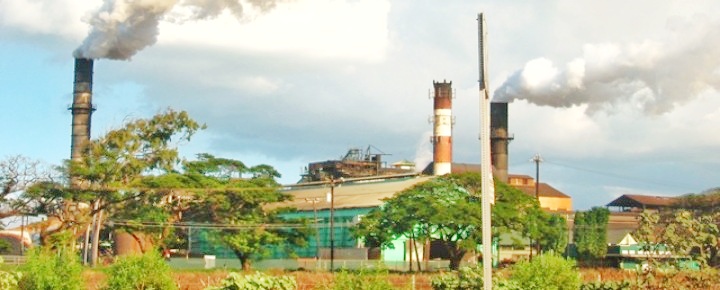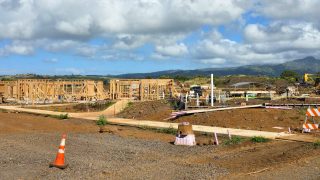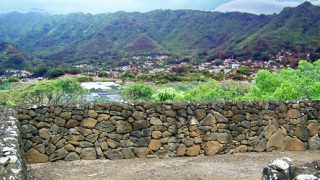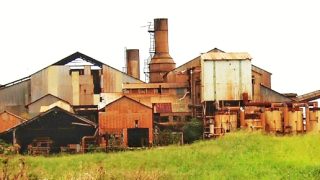Efforts to preserve Koloa’s rich history are ongoing. Located on the south shore of Kauai, Koloa is the birthplace of Hawaii’s sugar industry. In 1835, it became home to Hawaii’s first commercial sugar plantation, setting the stage for an industry that would shape the islands’ economy and culture. Koloa’s plantation also led to the growth of a multicultural labor force, reflecting Hawaii’s transformation into a major player in global sugar production.
The Koloa Story Map, developed by the Historic Hawaii Foundation and Cultural Surveys Hawaii, is a prime example of how technology can be used to celebrate and protect this cultural heritage.
Through this interactive platform, visitors can experience the history of Koloa from anywhere, learning about the sugar mill, the workers who built the industry, and the community that grew around it.
Events like each summer’s Koloa Plantation Days and virtual presentations—such as the upcoming Multilayered History of Koloa on November 14, 2024—ensure that Koloa’s story continues to be shared and celebrated. These initiatives are vital in keeping Hawaii’s history alive and engaging the community in ongoing efforts to protect and promote its unique cultural and historical legacy.
The first sugar mill in Hawaii.
The Koloa Plantation, founded by Ladd & Co., marked the start of large-scale sugar cultivation in Hawaii. What began as a modest venture expanded rapidly into an industry that, by the mid-1800s, dominated Hawaii’s economy. The Koloa Sugar Mill was the first in the islands to produce sugar for export.
Koloa’s success paved the way for plantations across Hawaii, bringing economic growth and waves of immigrant labor that reshaped the islands’ cultural makeup. The town became a melting pot, drawing workers from China, Japan, Portugal, the Philippines, and Puerto Rico.
The rise of a multicultural society.
As the sugar industry grew, so did the need for labor. The Koloa Plantation set a precedent for importing laborers from around the world, forever changing Hawaii’s face. These workers lived and labored together, creating a multicultural society that gave rise to a unique local culture and language, most notably Hawaiian Pidgin.
The impact of this multicultural community is still felt in Koloa today, where the legacy of plantation life is woven into the town’s identity. Annual celebrations like the Koloa Plantation Days festival honor this history, preserving the stories of those who worked the land and contributed to Hawaii’s growth.
The Koloa field system: agricultural ingenuity.
While the sugar industry modernized agriculture in Hawaii, the land around Koloa had been cultivated for centuries before the arrival of Ladd & Co. The Koloa Field System, a vast network of terraced agricultural plots, is one of the largest and most complex examples of traditional Hawaiian farming. This system demonstrates the ingenuity of native Hawaiian agricultural practices, which sustainably harnessed the landscape for food production long before the advent of sugar.
The decline of sugar and the legacy it left behind.
By the late 20th century, Hawaii’s sugar industry was in severe decline. Global competition, rising labor costs, and changing economic priorities led to the closure of most plantations across the islands. The Koloa Sugar Mill itself shut down in the 1990s, but its stone foundations remain, serving as a tangible reminder of the industry that shaped Hawaii.
Though the sugar mills are now dormant or dismantled, Koloa’s story continues through its people, festivals, and landmarks. The town’s transformation from an agricultural hub to a tourism destination mirrors the broader shifts in Hawaii’s economy. Today, visitors can still see remnants of the old sugar days while enjoying the modern amenities of Koloa’s resorts and restaurants.
Koloa’s history is a microcosm of Hawaii’s changes over the past two centuries.
From the establishment of the first sugar plantation to the growth of a vibrant, multicultural society, this small town has played a significant role in shaping the islands as we know them today. As the physical remnants of the sugar industry fade, Koloa’s legacy lives on through storytelling, preservation efforts, and the people who continue to honor the land and its history.
The multi-layered history of Koloa: a virtual presentation.
On Thursday, November 14, 2024, from 12:00 to 1:00 p.m. (HST), the Historic Hawaii Foundation will host a virtual presentation, The Multilayered History of Koloa, offering an in-depth exploration of Koloa’s storied past. This free event requires registration and will be held on Zoom. It will provide unique insights into Koloa’s historical and cultural significance and be accessible from anywhere in the world.
Here’s what attendees can expect:
- An introduction to Koloa through wahi pana and moolelo: Presenters will share legendary stories and historical accounts that define Koloa’s cultural heritage.
- A look at the Koloa Field System: This extensive agricultural system predates the sugar industry and showcases the innovative farming methods of early Hawaiians.
- Insight into Koloa’s sugar era: Learn about the establishment of Hawaii’s first sugar mill in Koloa, a pivotal point in Hawaii’s economic transformation.
- A guided tour of the Koloa Story Map: Attendees will get a walkthrough of this interactive platform, learning how to navigate its multimedia features to explore Koloa’s history.
Featured Presenters:
- Dr. Hallett H. Hammatt – Archaeologist and founder of Cultural Surveys Hawaii, Dr. Hammatt has contributed decades to preserving Koloa’s historic and agricultural landscapes, including his work documenting the Koloa Field System.
- Ada Henne-Koene—A local historian with deep ties to Kauai, Henne-Koene authored the upcoming book Koloa Plantation Days, a Talk Story, which celebrates the community’s annual tradition of honoring its plantation heritage.
- Natalie Yokoi – GIS Director at Cultural Surveys Hawaii, Yokoi collaborated on the Koloa Story Map. Her work demonstrates how digital mapping can deepen our connection to places like Koloa.
- Kamalamalama Ishii—A University of Hawaii student from Koloa, Ishii brings a personal perspective and contributes research on the area’s wahi pana, stories, and cultural significance.
This event and the Koloa Story Map represent vital efforts to preserve Koloa’s unique legacy. Through these initiatives, the Historic Hawaii Foundation invites participants to explore Koloa’s past, from its agricultural roots to its role in Hawaii’s sugar industry, ensuring these stories are remembered and celebrated for future generations.
Get Breaking Hawaii Travel News
